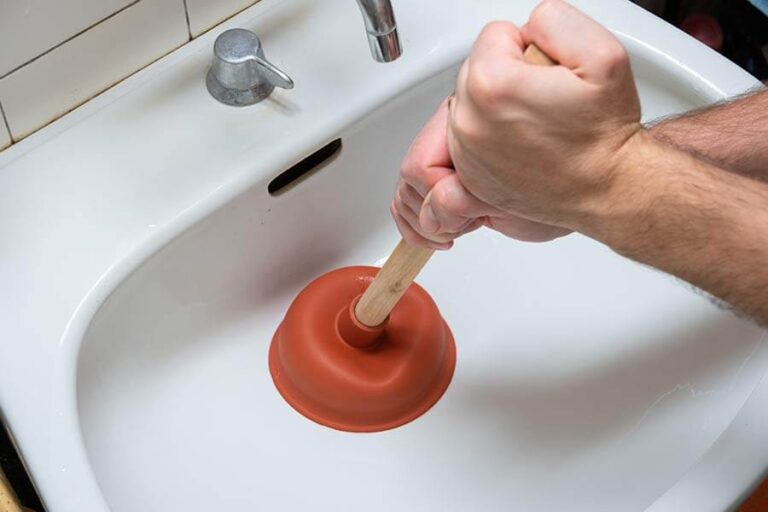Dust is a major issue on Australian roadways, particularly in dry regions. It compromises human health and...
Day: November 24, 2023
Dealing with blocked drains Perth is one of the most inconvenient situations that one might encounter. Stubborn...
Nothing beats a well-executed home renovation when changing your property into your ideal home. Home renovations Mandurah...
In the realm of architectural safety, fire doors stand as unsung heroes, silently guarding against the relentless...








